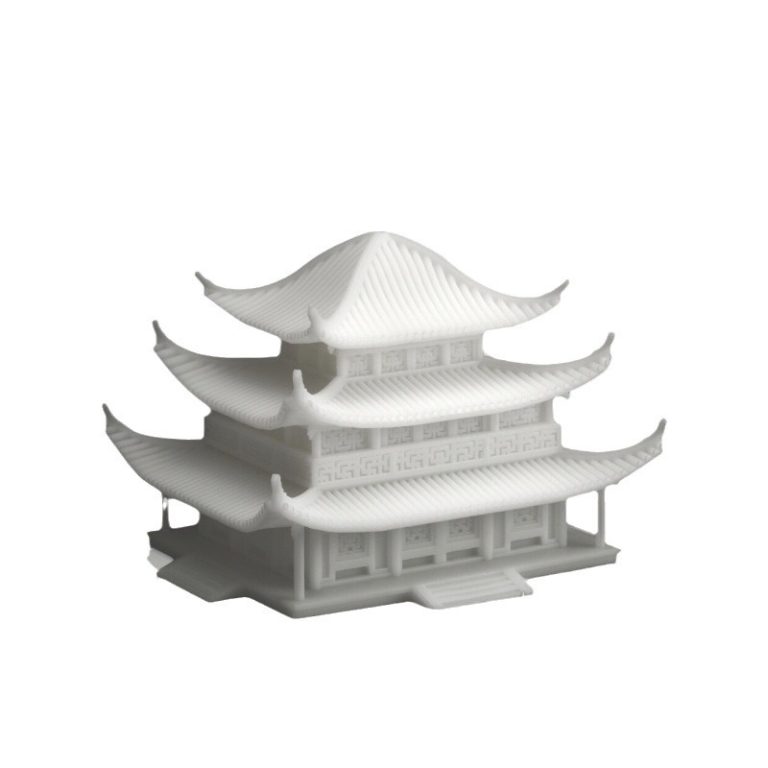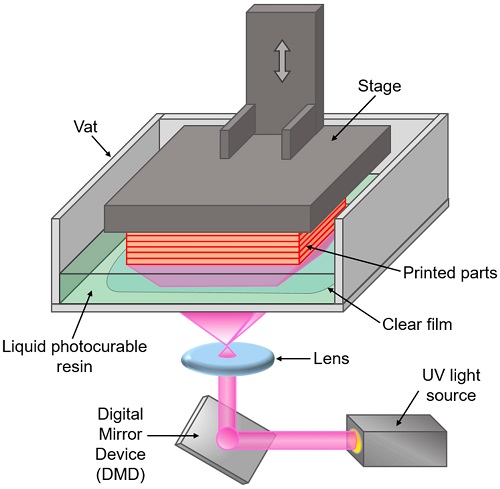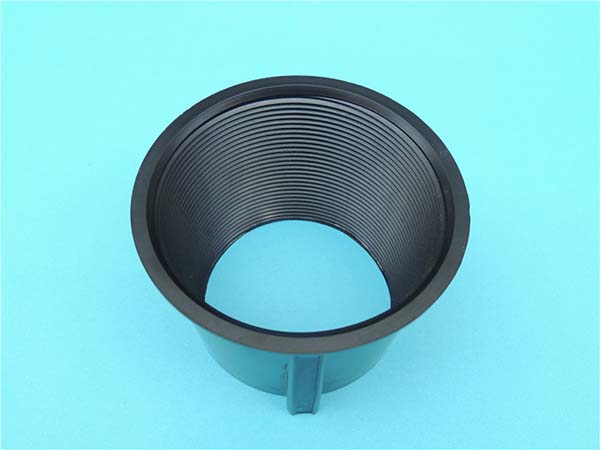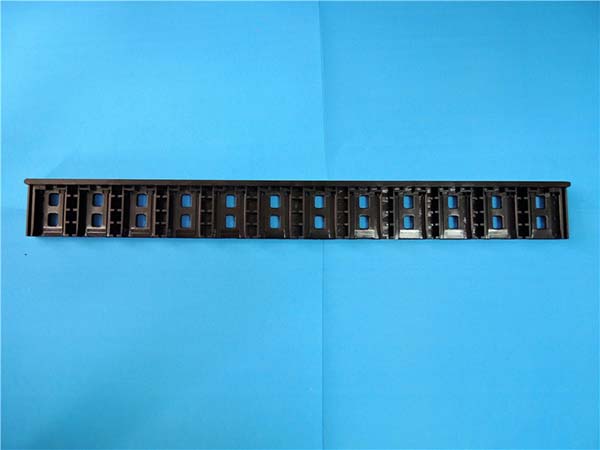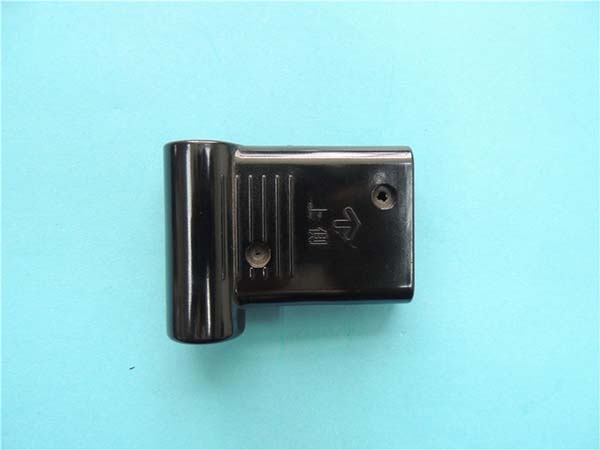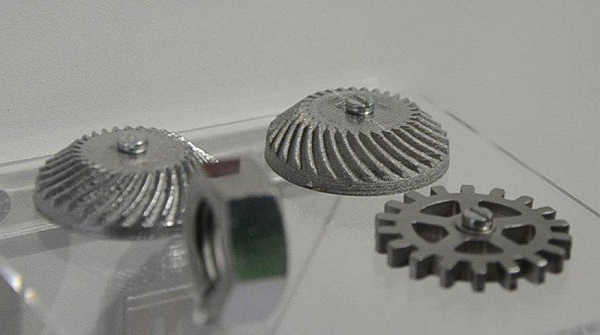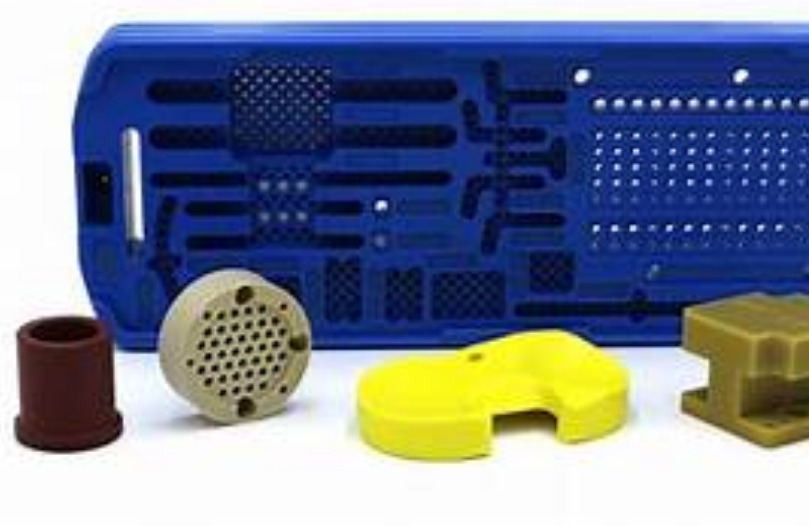Introduction to MEAM
Material Extrusion Additive Manufacturing (MEAM), commonly known as Fused Deposition Modeling (FDM), is a widely used 3D printing technology that creates objects by extruding material layer by layer from a digital model. This process builds complex, three-dimensional parts by heating a filament of thermoplastic material and extruding it through a heated nozzle onto a build platform. The key benefits of MEAM include cost-effectiveness, reduced material waste, and the ability to produce customized parts with intricate geometries. MEAM has applications in industries ranging from rapid prototyping and consumer goods manufacturing to education and research.
Definition and Principles
Material Extrusion Additive Manufacturing (MEAM) is a form of additive manufacturing (AM) where a thermoplastic filament is heated to a molten state and extruded through a nozzle to build up an object layer by layer.
Key Principles of MEAM:
- Material Extrusion: The material (usually thermoplastic filament) is melted and then precisely extruded onto the build platform.
- Layer-by-Layer Construction: The printer builds the object layer by layer, with each new layer fusing to the one beneath it to form a solid structure.
- Controlled Movement: The movement of the print head (or extruder) and the build platform is controlled by the 3D printer, based on a digital 3D model.
Steps in the Process:
- Preparation of the Digital Model: A 3D model is created using Computer-Aided Design (CAD) software, then sliced into thin layers by specialized slicing software.
- Material Extrusion: The 3D printer heats the filament, extrudes it through a nozzle, and deposits it layer by layer.
- Solidification: As each layer is deposited, it quickly solidifies, adhering to the layer below, forming a solid structure.
- Repeating Process: This layer-by-layer process continues until the final object is complete.
Advantages of MEAM
MEAM offers several advantages that make it popular in both prototyping and low-volume production:
1. Cost-Effectiveness
- Low Material Waste: MEAM uses only the material required for the part, reducing the material waste compared to subtractive manufacturing methods.
- Affordable Equipment: The cost of entry for 3D printers using MEAM is relatively low, especially when compared to more specialized manufacturing equipment like CNC machines or injection molding presses.
2. Design Flexibility
- Complex Geometries: MEAM can create complex shapes and geometries that are difficult or impossible to achieve using traditional methods like machining or molding.
- Rapid Iterations: Designers can quickly modify and print new versions of a part, enabling fast design iterations and faster time-to-market.
3. Customization
- MEAM enables the customization of parts, whether it's personalizing consumer goods, medical devices, or industrial components. Products can be tailored to meet individual customer needs or preferences.
4. Rapid Prototyping
- MEAM is ideal for rapid prototyping, allowing engineers and designers to quickly create and test functional models before proceeding to mass production.
MEAM Process
The Material Extrusion Additive Manufacturing process consists of several key steps, each critical for ensuring high-quality output.
1. Creation of a Digital Model
- The process starts with creating a 3D model using CAD software. This model is a digital representation of the object to be printed.
2. Slicing the Model
- The digital 3D model is sliced into thin horizontal layers using slicing software. This software converts the model into G-code, a language that provides the 3D printer with detailed instructions on how to lay down each layer.
3. Printing the Model
- The 3D printer reads the G-code and controls the movement of the print head and the build platform. The extruder heats the filament, typically a thermoplastic, and deposits it layer by layer according to the sliced design.
- As each layer is extruded, the material quickly cools and solidifies, bonding to the layer below. This process repeats until the object is fully formed.
4. Post-Processing
- After printing, the object may require post-processing such as support removal, sanding, or surface finishing, depending on the material used and the quality desired.
Extrusion Mechanism
The extrusion mechanism in MEAM involves a few critical components that work together to control the flow and deposition of material:
1. Extruder
- The extruder consists of a heated barrel and a motor-driven feed mechanism (usually a gear or screw) that pushes the filament through the heated barrel. The barrel melts the filament, preparing it for extrusion through the nozzle.
2. Nozzle
- The nozzle is where the molten filament is deposited onto the build platform. The nozzle's size and the temperature at which it operates must be carefully controlled to ensure smooth extrusion and proper bonding between layers.
3. Feed System
- The feed system (often a stepper motor) drives the filament into the extruder at a controlled rate. This ensures a consistent extrusion process, with no gaps or excess material in the printed part.
Material Types and Properties
MEAM supports a variety of materials, mainly thermoplastics, each offering unique properties. The choice of material often depends on the application and the required properties of the final object.
Common Thermoplastics Used in MEAM:
- PLA (Polylactic Acid): A biodegradable material, ideal for prototyping and educational applications due to its ease of use and low printing temperature.
- ABS (Acrylonitrile Butadiene Styrene): Strong, durable, and heat-resistant, commonly used for functional parts, toys, and automotive components.
- PETG (Polyethylene Terephthalate Glycol): Strong, flexible, and resistant to impact, often used for mechanical parts, containers, and medical applications.
- Nylon: Known for its toughness, flexibility, and durability, making it suitable for functional parts requiring high strength and wear resistance.
- Polycarbonate (PC): Very strong and heat-resistant, used for demanding applications in aerospace, automotive, and medical industries.
Composites:
- Carbon Fiber-Reinforced Plastics: Known for a high strength-to-weight ratio, these materials are used in aerospace and automotive industries for lightweight, strong components.
- Wood-Filled Composites: These composites mimic the look and feel of wood, commonly used in decorative items and furniture.
Food-Grade Materials:
- Edible Ink: Used in food printers to create edible items like chocolates, pastries, or other food products.
Each material type offers distinct characteristics, such as flexibility, strength, heat resistance, or biodegradability, making MEAM a versatile technology for various applications.
Layer Deposition Techniques
In MEAM, the deposition of material can be done using two main techniques: rasterization and vectorization.
1. Rasterization
- The print head moves back and forth in parallel lines, similar to how an inkjet printer works. This method is efficient and effective for producing solid layers but may result in visible layer lines on the surface of the print.
2. Vectorization
- In vectorization, the print head traces continuous paths that follow the contours of the cross-sectional slices of the object. This technique produces smoother surfaces and finer details, but it requires more sophisticated control algorithms and computational power.
Applications of MEAM
MEAM has broad applications across industries, from rapid prototyping and consumer goods manufacturing to education and research.
1. Industrial Prototyping
- MEAM is commonly used in industries like aerospace, automotive, and electronics to quickly produce prototypes. Engineers can test designs and identify issues before scaling up production, shortening development cycles and reducing costs.
2. Consumer Goods Manufacturing
- MEAM is used in the production of customizable consumer products such as footwear, eyewear, and home décor. Small businesses can produce limited-run or personalized products without the high upfront costs associated with traditional manufacturing methods.
3. Educational and Research Purposes
- In education and research labs, MEAM serves as a hands-on tool for teaching design, engineering, and manufacturing concepts. Students can experiment with various materials, designs, and printing techniques. Researchers can also use MEAM to develop new materials and explore novel applications for 3D printing.
FAQs
1. What types of materials can be used in Material Extrusion Additive Manufacturing?
- MEAM supports a variety of thermoplastics like PLA, ABS, PETG, nylon, and polycarbonate, as well as composites (e.g., carbon fiber-reinforced plastics) and even food-grade materials.
2. How does the layer deposition process work in MEAM?
- The digital model is sliced into cross-sectional layers. The print head deposits molten filament layer by layer, fusing each layer to the one below it. The platform moves down slightly after each layer to continue the process.
3. What are the main advantages of using MEAM compared to traditional manufacturing methods?
MEAM offers cost-effectiveness, design flexibility, rapid prototyping, customization, and a reduced time-to-market, making it ideal for small runs, customized products, and iterative design processes.
Material Extrusion Additive Manufacturing (MEAM) is a versatile and cost-effective 3D printing technology that allows for the creation of complex geometries with a wide range of materials. Its applications span across industries like prototyping, consumer goods, aerospace, and education, making it an essential tool in modern manufacturing and product development.
